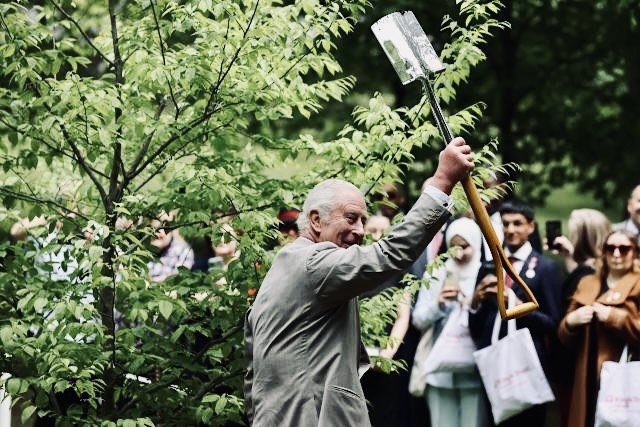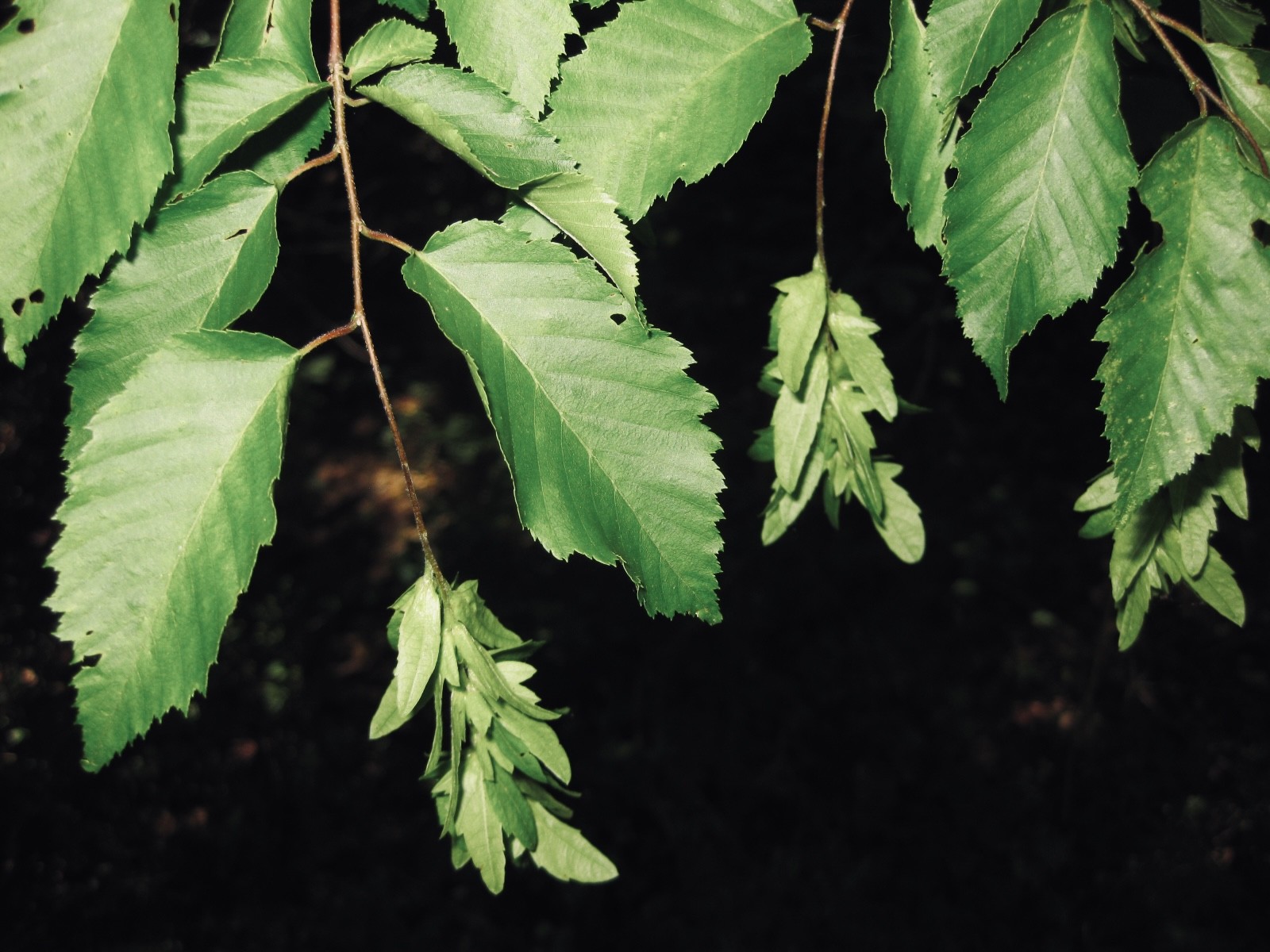On Monday, May 26, 2025, His Majesty King Charles III and Her Majesty Queen Camilla marked their royal visit to Canada with the planting of a blue beech tree (Carpinus caroliniana) at Rideau Hall in Ottawa. Though simple in appearance, this act carried profound meaning—both symbolic and environmental.
This was not the first time King Charles contributed to Canada’s living landscape. As Prince of Wales, he planted trees during official visits in 1971, 1983, 2009, and 2017. Each tree reflected his lifelong dedication to conservation and environmental stewardship. Notably, in 1983 he planted a sugar maple (Acer saccharum) symbolizing strength, unity, and natural heritage.
Queen Elizabeth II, too, has left her mark at Rideau Hall. During her reign, she planted trees during visits in 1951, 1957, 1977, 2002, and 2010. Among them was a red oak (Quercus rubra) in 1977, commemorating Canada’s centennial year, symbolizing endurance and steadfastness. Another significant planting was a white spruce (Picea glauca) in 2002, reflecting the resilience and vastness of the Canadian wilderness.

King Charles III takes part in a tree planting ceremony at Rideau Hall in Ottawa during a royal visit on May 26, 2025
Together, these trees form part of a rich tradition at Rideau Hall, the official residence of the Governor General. More than 150 commemorative trees now adorn the grounds, each representing visits by members of the Royal Family, heads of state, and other international dignitaries. The tradition dates back to 1906, when Prince Arthur of Connaught planted a red oak, marking the beginning of a living testament to friendship, diplomacy, and shared values.
The blue beech planted by King Charles in 2025 is notable for its Indigenous roots. The Governor General described it as “a living symbol of resilience, adaptability, and heritage”—qualities deeply woven into both Canada’s identity and the Crown’s enduring relationship with this land.

“The blue beech: a living symbol of resilience, adaptability, and heritage.”
At Rideau Hall, tree selections are made in collaboration with the National Capital Commission, balancing ecological suitability and symbolic meaning. Native species such as maples, oaks, birches, and conifers are favoured, while international guests often choose trees with cultural significance—for example, the ginkgo planted by China’s President Li Xiannian in 1985.
Each tree is adorned with a bronze plaque detailing its species, planting date, and planter. Over time, these trees have become a living archive, reflecting Canada’s history, global friendships, and commitment to a greener future. More than that, every tree planted represents a gesture of hope and a bet on the future—an enduring promise that the coming generations will inherit a healthier, more vibrant planet.
Back to all articles